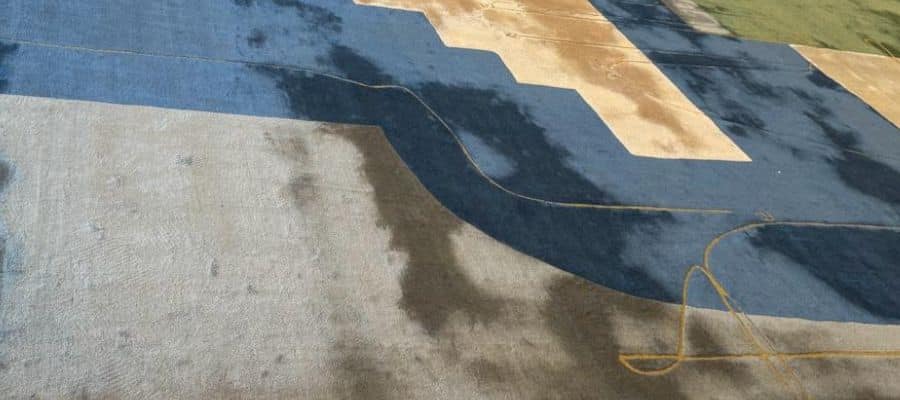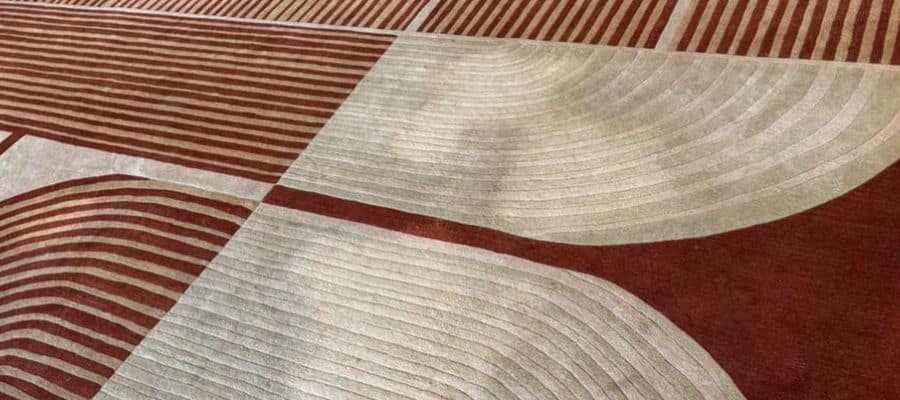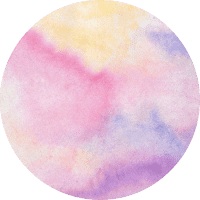Carpet Pooling: Understanding the Appearance of Your Carpet

Carpet Pooling
Carpet pooling is often mistaken for stains and spilled sections. All pile yarn carpets are susceptible to pile reversal, though it is most commonly observed in smooth-surfaced, densely constructed, plush type qualities. This phenomenon is challenging, if not impossible, to predict or prevent. Pile reversal results in a permanent alteration in the carpet’s appearance due to variations in the way light reflects off the sides and tip of a yarn when the pile lies in different directions. Shaded areas may appear light from one angle and dark from another. Over time, the carpet may resemble sections where water has been spilled, hence the term “water-marking.” Other commonly used terms for pile reversal include “pooling,” “shading,” and “highlighting.” Examples are provided in the pictures.
What does carpet pooling look like?
Also known as “watermarking,” carpet pooling happens when a portion of carpet fibers lie in a different direction compared to the surrounding fibers. To observe the effects of carpet pooling, run your hand over a section of carpeting, then step back to examine it. Does the area you rubbed appear darker or lighter than the rest of the carpet, depending on the direction of the fibers?
When carpet pooling occurs, you’ll notice patches that seem rubbed over despite no actual disturbance. These areas can vary in size, displaying distinct, irregular edges. In other words, it’s clear where the carpet pooling begins and ends.
In the same rug, viewed from different angles, the change in colors isn’t due to staining but rather carpet pooling.

What Causes Carpet Pooling?
The causes are not thoroughly documented. Nevertheless, several theories exist regarding its origins:
- Pooling often manifests near areas of high foot traffic. However, it’s worth noting that heavy traffic isn’t always a prerequisite, as pooling can occasionally occur in relatively new carpets with minimal foot activity.
- It’s believed that electromagnetic fields may influence carpet pooling, prompting the fibers to arrange themselves in non-uniform directions.
- Static electricity has also been implicated in carpet pooling. In certain cases, a noticeable alteration in static charge has been detected within pooled regions.
Unfortunately, there is no definite answer as to the cause of carpet pooling, thus leaving even the best cared-for carpet susceptible to this mysterious malady.
Can I do anything about it?
Regrettably, carpet pooling cannot be repaired without replacing the carpet. Furthermore, even with a new carpet, there’s no assurance that pooling won’t recur. Fortunately, carpet pooling doesn’t compromise the carpet’s durability. Moreover, regular cleaning and vacuuming won’t exacerbate the problem.
If you suspect this issue in your home, please don’t hesitate to reach out to us. We’re here to provide further clarification and confirm whether the unusual appearance of your carpet is indeed due to pooling.
Reach out to the specialists, at The Floorist to learn more about our inventory of Hand-Tufted Carpet
The Floorist has become an up-and-coming area carpet provider throughout the entire United Arab Emirates because of our ability to provide very high-quality carpets at much more affordable prices.
Our team of experts is always here to help guide you through every step of the carpet shopping process, so always feel free to reach out to us online or call us at +971 4 2276 712 or email us at info@thefloorist.com today to get in touch with us and let us know how we can help you find your next hand-tufted carpet!
 Black & White Wallpaper
Black & White Wallpaper Pastel Wallpaper
Pastel Wallpaper



